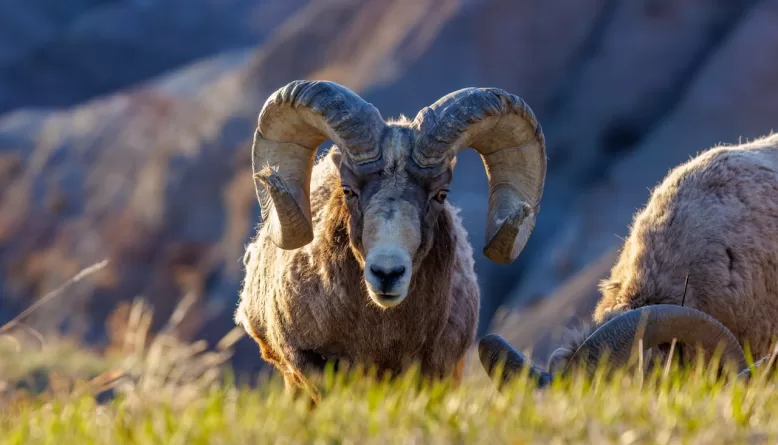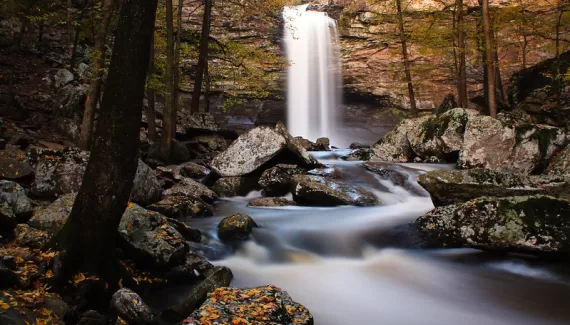Dive into the captivating world of the rocky mountain bighorn sheep, exploring their unique habitats, behaviors, and conservation efforts. A treasure of the mountainous regions, these creatures offer insights into resilience and beauty.
The Rocky Mountain bighorn sheep, a symbol of the rugged American West, stands as a testament to the resilience and beauty inherent in nature’s design. This long-form article delves into the life, challenges, and significance of these majestic animals, with a focus on providing a comprehensive understanding for enthusiasts and conservationists alike.
Habitat and Distribution
Nestled within the craggy peaks and expansive mountain ranges of North America, the rocky mountain bighorn sheep have carved out a niche that is as breathtaking as it is challenging. Their geographical spread, from the snow-capped Rockies in Canada down to the desert mountains of the United States, showcases their adaptability and the diverse ecosystems they inhabit.
Physical Characteristics
The horns of the bighorn sheep are not just iconic; they are a testament to the animal’s age, status, and battles won. Alongside this, their color and coat patterns provide camouflage and protection against the elements, making them well-suited to the harsh mountainous terrain.
Behavioral Patterns
Understanding the social structure and mating rituals of the bighorn sheep offers fascinating insights into their world. From the head-butting battles of rams to the nurturing of lambs, their behaviors underscore a complex social fabric that ensures survival and continuity.
Diet and Nutrition
What does it take to survive in the rugged terrain of the mountains? A closer look at the preferred foods and foraging behavior of the bighorn sheep reveals a diet adapted to scarcity and seasonal changes, ensuring they thrive despite the challenges.
Conservation Status
The bighorn sheep’s journey is not without its hurdles. Threats to their survival and the concerted conservation efforts to protect these majestic creatures highlight the ongoing battle between human encroachment and the need for preservation.
Rocky Mountain Bighorn Sheep in Culture
Beyond their ecological role, bighorn sheep hold significant cultural and symbolic value, representing strength, agility, and the untamed spirit of the mountains they call home.
Unique Adaptations
Survival in the mountains requires more than just strength; it demands clever adaptations. From their sure-footedness on steep cliffs to their ability to navigate extreme weather, the bighorn sheep’s adaptations are a marvel of natural selection.
Viewing Rocky Mountain Bighorn Sheep
For those wishing to observe these magnificent animals in their natural habitat, understanding the best places and practices for ethical wildlife observation is crucial. This ensures that we respect and preserve their world for generations to come.
The Role of Rocky Mountain Bighorn Sheep in Ecosystems
As a keystone species, the impact of bighorn sheep on their ecosystems is profound, from shaping vegetation to influencing the population dynamics of predators and other species.
Challenges and Threats
Disease, predation, and human impact present ongoing challenges to the bighorn sheep’s survival. Exploring these threats is essential for understanding the complexity of conservation efforts.
Research and Studies
Delving into ongoing research and historical insights sheds light on the evolutionary journey of the bighorn sheep, offering hope and direction for their future.
Conclusion
The story of the rocky mountain bighorn sheep is one of beauty, resilience, and the enduring struggle for survival in the face of adversity. It is a reminder of the intricate connections within our ecosystems and the importance of conservation efforts to preserve these magnificent creatures for future generations.
Related Article: Seceda Mountain Italy: A Hidden Gem in the Dolomites
Frequently Asked Questions
In this section, we’ll answer the most common questions about these fascinating creatures, from their lifespan to how they cope with the harsh winter months.
How long do rocky mountain bighorn sheep live?
Rocky Mountain bighorn sheep typically live for 6 to 15 years in the wild, with females (ewes) generally living longer than males (rams). Lifespan can be influenced by factors such as predation, disease, and environmental conditions.
What are the main predators of the bighorn sheep?
The primary predators of the bighorn sheep include mountain lions, wolves, and bears. Juvenile bighorns are more susceptible to predation by these animals, while adult rams and ewes can often deter predators due to their size and agility.
How do bighorn sheep cope with the harsh winter months?
Bighorn sheep are well-adapted to survive the harsh winter months. They have thick, double-layered coats that provide insulation against the cold. They migrate to lower elevations with less snowfall, which makes it easier for them to access food. Their diet shifts to whatever vegetation is available, such as grasses, shrubs, and tree bark.
What is the significance of the bighorn sheep’s horns?
The horns of bighorn sheep are significant for several reasons. For males, the size and shape of the horns are a symbol of status and are used in battles with other rams during the mating season to establish dominance and the right to mate with ewes. Horns are also used for defense against predators. Unlike antlers in deer, bighorn sheep horns are not shed annually; they grow throughout the animal’s life, with growth rings indicating age.
How can people contribute to the conservation of bighorn sheep?
People can contribute to the conservation of bighorn sheep by supporting and participating in wildlife conservation programs, advocating for the protection of their natural habitats, and respecting wildlife regulations and guidelines when visiting areas where bighorn sheep live. Donations to organizations dedicated to the conservation of these animals and their ecosystems can also make a significant difference.
What is being done to combat the diseases affecting bighorn sheep populations?
Efforts to combat diseases affecting bighorn sheep populations include wildlife health monitoring programs, research on disease transmission and prevention, and management actions to minimize contact between domestic sheep and bighorn sheep. Wildlife agencies and conservation organizations are also involved in habitat restoration and initiatives aimed at increasing public awareness about the importance of preventing disease transmission to wild sheep populations.
Conclusion
The rocky mountain bighorn sheep, with their majestic horns and rugged resilience, are not just survivors of the mountains; they are symbols of the wild beauty and complexity of nature. As we continue to explore and understand their world, it’s crucial that we also commit to protecting it. Through informed conservation efforts and a deeper appreciation for these remarkable animals, we can ensure that the legacy of the rocky mountain bighorn sheep endures for generations to come.
Related Article: Grandfather Mountain: A Jewel of the Blue Ridge Mountains, USA



No Responses Yet